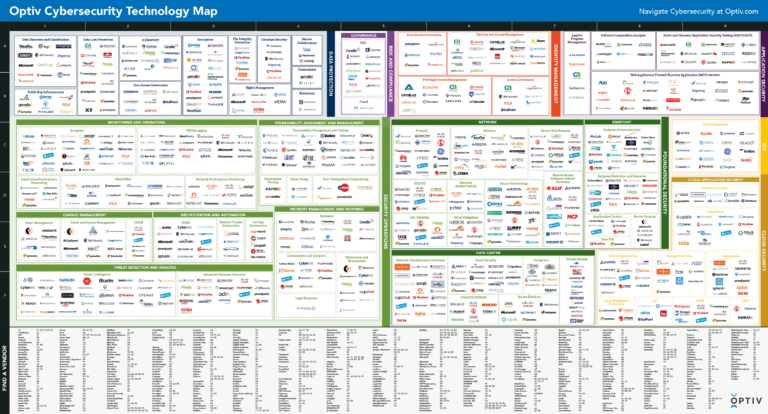The Role of Big Data Technology in Analytics: Turning Volume into Value
In today’s hyper-connected world, businesses generate and collect more data than ever before. From customer interactions to supply chain performance, this vast volume of information commonly referred to as “big data” holds the key to smarter decisions and competitive advantage. But raw data alone doesn’t deliver value. It’s the technology behind big data analytics that transforms this information into insights that matter. Whether you’re in marketing, finance, healthcare, or logistics, understanding the role of big data technology in analytics is crucial to unlocking its full potential and making data-driven decisions with confidence.
Why Traditional Data Tools Fall Short in the Age of Big Data
Standard spreadsheets and legacy databases weren’t built for the three Vs of big data: volume, velocity, and variety. As data floods in from mobile apps, IoT devices, social media, and transactional systems, traditional analytics tools hit their limits quickly. Big data technology, on the other hand, is engineered for scale and speed. Distributed processing frameworks like Hadoop and Spark break data into chunks and process them in parallel enabling real-time or near-real-time insights. This shift from reactive to predictive analytics is a game-changer for businesses that need to respond fast and innovate continuously.
From Raw Data to Business Intelligence: How Big Data Tools Drive Clarity
One of the core roles of big data technology in analytics is to clean, structure, and enrich unstructured data. With natural language processing, machine learning models, and advanced ETL (extract, transform, load) pipelines, businesses can convert chaotic datasets into meaningful trends and patterns. For example, retailers use big data to predict customer behavior and personalize recommendations. Financial institutions detect fraud in seconds. Health providers track public health outbreaks in real time. Big data isn’t just about storing information it’s about translating it into actionable intelligence that drives performance.
Cloud Platforms and AI: Scaling Analytics Without Limits
Cloud computing has made big data analytics more accessible than ever. Platforms like AWS, Azure, and Google Cloud offer scalable storage and computing power without requiring massive upfront infrastructure investment. These platforms also integrate AI and machine learning tools to automate pattern recognition, forecasting, and anomaly detection. By combining cloud scalability with big data processing, even small and mid-sized companies can harness advanced analytics to improve decision-making, boost efficiency, and lower operational risks.
Real-Time Analytics and Predictive Modeling: Stay Ahead, Not Just Informed
The value of big data isn’t just in what it can tell you about the past it’s in how it helps you shape the future. Real-time analytics allow companies to respond instantly to customer feedback, operational disruptions, or market shifts. Meanwhile, predictive models powered by big data technology forecast demand, optimize pricing, and reduce churn. These capabilities empower businesses to move from descriptive to prescriptive analytics where the data doesn’t just explain what happened, but guides you toward what to do next.
Building a Data-Driven Culture with Big Data Technology
Tools alone don’t drive transformation people do. Big data technology plays a critical role in making analytics accessible across departments. Self-service dashboards, intuitive visualization tools, and automated reports ensure that insights are not siloed in IT or data teams. When marketing, HR, and operations can all leverage big data independently, the entire organization becomes more agile and aligned. Creating a culture where data is trusted, understood, and acted on is the ultimate goal of any big data analytics strategy.
FAQs
What’s the difference between big data and traditional data?
Big data refers to extremely large and complex datasets that require advanced tools for processing. Traditional data is smaller, often structured, and manageable with conventional databases.
Do small businesses benefit from big data analytics?
Absolutely. With cloud-based platforms and subscription-based tools, small businesses can access big data capabilities without large IT investments.
Is AI necessary for big data analytics?
While not mandatory, AI enhances big data analytics by automating tasks, improving accuracy, and uncovering deeper patterns through machine learning.
How fast can big data tools deliver insights?
With real-time streaming analytics, insights can be generated within seconds especially when using technologies like Apache Kafka or Spark.
What industries are leading in big data adoption?
Finance, healthcare, retail, manufacturing, and transportation are among the top adopters, but nearly every sector can leverage big data to improve operations and customer engagement.

